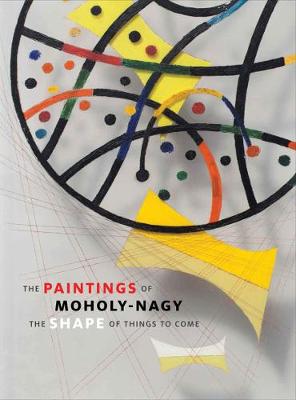Santa Barbara Museum of Art (YALE UP)
1 total work
The Paintings of Moholy-Nagy
by Joyce Tsai, James Merle Thomas, Friederike Waentig, Larry J. Feinberg, and Eik Kahng
Published 25 June 2015
László Moholy-Nagy (1895–1946) became notorious for the declarations he made about the end of painting, encouraging artists to exchange brush, pigment, and canvas for camera, film, and searchlight. Even as he made these radical claims, he painted throughout his career. The practice of painting enabled Moholy-Nagy to imagine generative relationships between art and technology, and to describe the shape that future possibilities might take. Joyce Tsai illuminates the evolution of painting’s role for Moholy-Nagy through key periods in his career: at the German Bauhaus in the 1920s, in the Netherlands and the United Kingdom in the early 1930s, and as director of the New Bauhaus in Chicago in the last decade of his life. The book also includes an introduction to the history, qualities, and significance of plastic materials that Moholy-Nagy used over the course of his career, and an essay on how his project of shaping habitable space in his art and writing resonated with artists and industrial designers in the 1960s and 1970s.
Distributed for the Santa Barbara Museum of Art
Distributed for the Santa Barbara Museum of Art
Exhibition Schedule:
Santa Barbara Museum of Art
(07/05/15–09/27/15)
